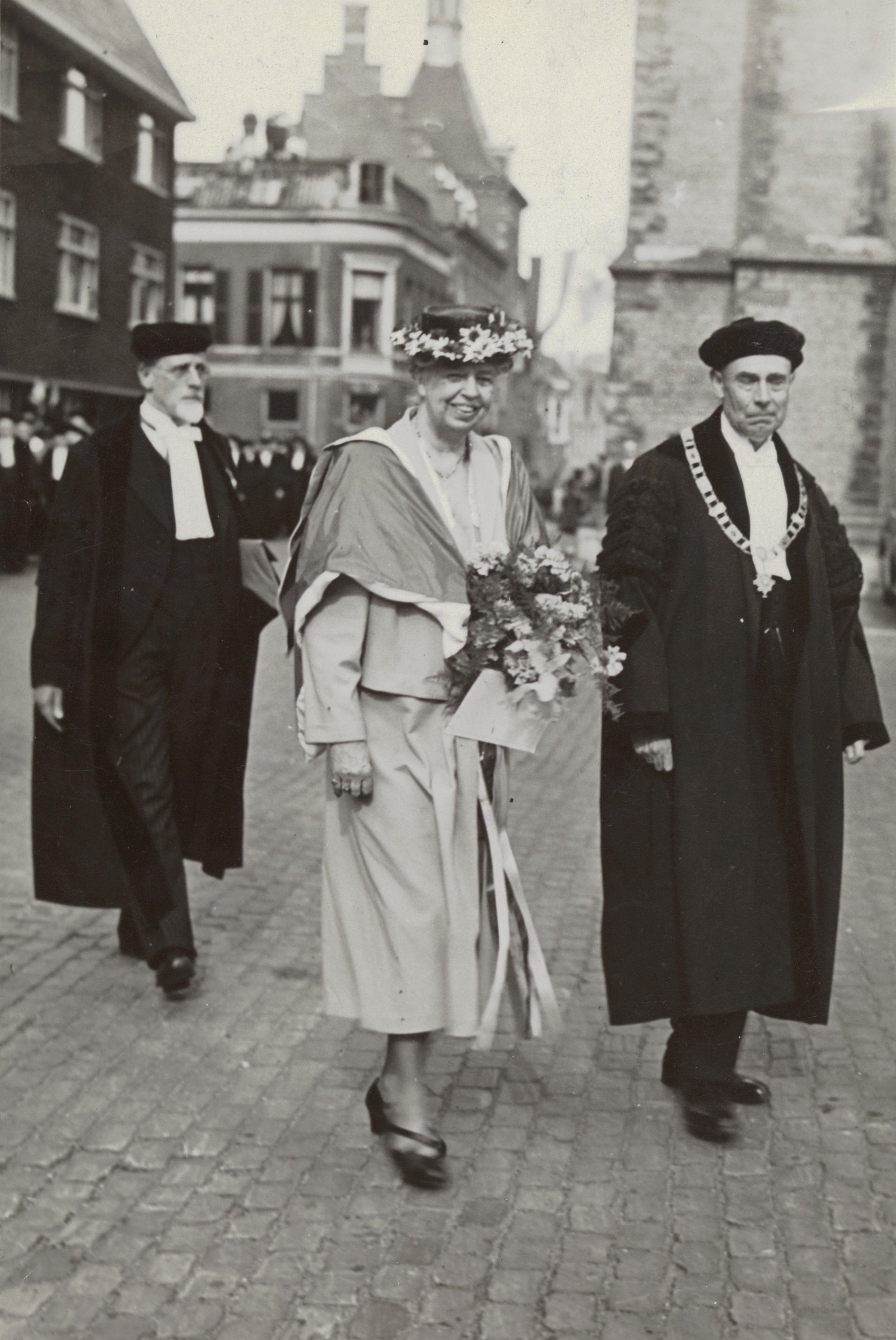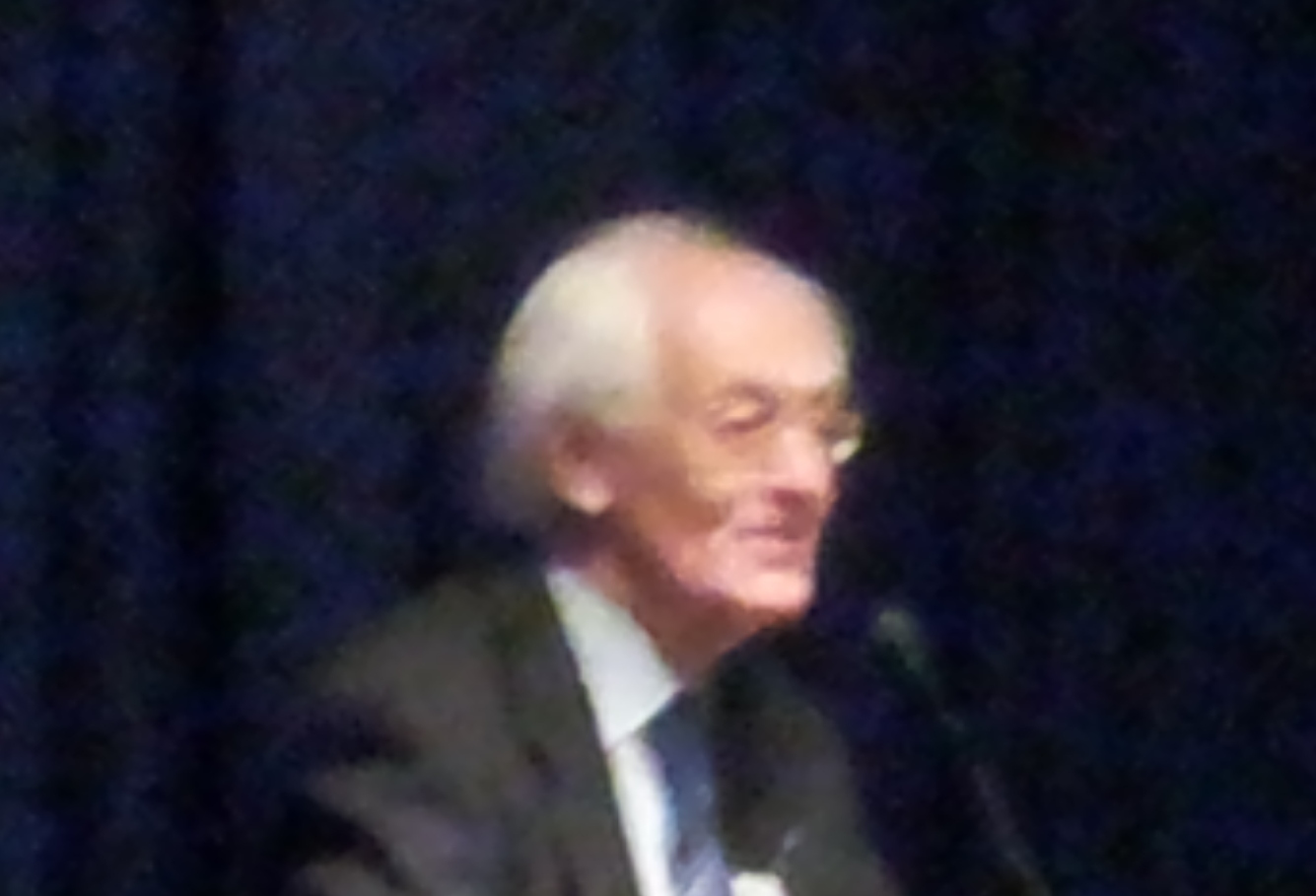|
Sonnenborgh Observatory
Sonnenborgh Observatory (; List of observatory codes, obs. code: IAU code#015, 015) is an astronomical observatory and museum open to the Public observatory, public, located in Utrecht (city), Utrecht, Netherlands. It is located in one of the four stone forts built by Charles V, Holy Roman Emperor, Charles V as defense buildings for Utrecht. In 1639 the fort was expanded with an academic herbal garden by members of Utrecht University, three years after its founding. The garden was moved in 1724 to the current location of the Oude Hortus. During reconstruction works in 2001 remains were found of the first chemical laboratory in Utrecht, third in the world. The lab was led by the first chemistry-only professor in Utrecht Johann Conrad Barchusen. The observatory was founded by C. H. D. Buys Ballot in 1853 as a university observatory (of the University of Utrecht) and from 1854 until 1897 it was the first home of the Royal Dutch Meteorological Institute. After the meteorologica ... [...More Info...] [...Related Items...] OR: [Wikipedia] [Google] [Baidu] |
University Of Utrecht
Utrecht University (UU; , formerly ''Rijksuniversiteit Utrecht'') is a public research university in Utrecht, Netherlands. Established , it is one of the oldest universities in the Netherlands. In 2023, it had an enrollment of 39,769 students, and employed 8,929 faculty members and staff. More than 400 PhD degrees were awarded and 7,765 scientific articles were published. The university's 2023 budget was €2.8 billion, consisting of €1.157 billion for the university (income from work commissioned by third parties is 319 million euros) and €1.643 billion for the University Medical Center Utrecht. The university's interdisciplinary research targets life sciences, pathways to sustainability, dynamics of youth, and institutions for open societies. Utrecht University is led by the University Board, consisting of Wilco Hazeleger (Rector Magnificus), Anton Pijpers (chair), Margot van der Starre (Vice Chair) and Niels Vreeswijk (Student Assessor). Close ties are harboured with ot ... [...More Info...] [...Related Items...] OR: [Wikipedia] [Google] [Baidu] |
Jean Abraham Chrétien Oudemans
Jean Abraham Chrétien Oudemans (Amsterdam, 16 December 1827 – Utrecht, 14 December 1906) was a Dutch astronomer. He was the director of the Utrecht Observatory from 1875 until 1898, when he retired. Oudemans was born in Amsterdam, son of the poet, teacher and philologist Anthonie Oudemans Sr. and Jacoba Adriana Hammecker. He entered Leiden University when he was just 16 as a student of the noted astronomer Frederik Kaiser. He became a high school teacher in Leiden when he was just 19 (1846). The next six years he worked on his dissertation on the determination of the latitude of Leiden. Next he studied asteroids and variable stars, meanwhile hoping for an academic appointment. In 1855 he became member of the Royal Netherlands Academy of Arts and Sciences. He married Pauline Adriana Verdam (the daughter of a well-known mathematics professor ) in 1856. In the same year he was appointed a professor at Utrecht University and became the first director of its observatory. Ho ... [...More Info...] [...Related Items...] OR: [Wikipedia] [Google] [Baidu] |
Rijksmonuments In Utrecht (city)
A (, ) is a national heritage site of the Netherlands, listed by the agency Rijksdienst voor het Cultureel Erfgoed (RCE) acting for the Dutch Ministry of Education, Culture and Science. At the end of February 2015, the Netherlands had 61,822 listed national heritage sites, of which approximately 1,500 are listed as archaeological sites. History and criteria Until 2012, a place had to be over 50 years old to be eligible for designation. This criterion expired on 1 January 2012. The current legislation governing the monuments is the ''Monumentenwet van 1988'' ("Monument Law of 1988"). The organization responsible for caring for the monuments, which used to be called ''Monumentenzorg'', was recently renamed, and is now called Rijksdienst voor het Cultureel Erfgoed (national service for cultural heritage). In June 2009, the Court of The Hague decided that individual purchasers of buildings that were listed as rijksmonuments would be exempt from paying transfer tax, effective f ... [...More Info...] [...Related Items...] OR: [Wikipedia] [Google] [Baidu] |
Public Observatories
In public relations and communication science, publics are groups of individual people, and the public (a.k.a. the general public) is the totality of such groupings. This is a different concept to the sociological concept of the ''Öffentlichkeit'' or public sphere. The concept of a public has also been defined in political science, psychology, marketing, and advertising. In public relations and communication science, it is one of the more ambiguous concepts in the field. Although it has definitions in the theory of the field that have been formulated from the early 20th century onwards, and suffered more recent years from being blurred, as a result of conflation of the idea of a public with the notions of audience, market segment, community, constituency, and stakeholder. Etymology and definitions The name "public" originates with the Latin '' publicus'' (also '' poplicus''), from ''populus'', to the English word ' populace', and in general denotes some mass population ("the ... [...More Info...] [...Related Items...] OR: [Wikipedia] [Google] [Baidu] |
Astronomical Observatories In The Netherlands
Astronomy is a natural science that studies astronomical object, celestial objects and the phenomena that occur in the cosmos. It uses mathematics, physics, and chemistry in order to explain their origin and their overall chronology of the Universe, evolution. Objects of interest include planets, natural satellite, moons, stars, nebulae, galaxy, galaxies, meteoroids, asteroids, and comets. Relevant phenomena include supernova explosions, gamma ray bursts, quasars, blazars, pulsars, and cosmic microwave background radiation. More generally, astronomy studies everything that originates beyond atmosphere of Earth, Earth's atmosphere. Cosmology is a branch of astronomy that studies the universe as a whole. Astronomy is one of the oldest natural sciences. The early civilizations in recorded history made methodical observations of the night sky. These include the Egyptian astronomy, Egyptians, Babylonian astronomy, Babylonians, Greek astronomy, Greeks, Indian astronomy, Indians, Ch ... [...More Info...] [...Related Items...] OR: [Wikipedia] [Google] [Baidu] |
Lists Of Telescopes
This is a list of lists of telescopes. *List of astronomical interferometers at visible and infrared wavelengths *List of astronomical observatories *List of highest astronomical observatories *List of large optical telescopes *List of largest infrared telescopes *List of largest optical telescopes historically *List of largest optical telescopes in the 18th century *List of largest optical telescopes in the 19th century *List of largest optical telescopes in the 20th century *List of largest optical reflecting telescopes *List of largest optical refracting telescopes *List of optical telescopes *List of proposed space telescopes *List of radio telescopes *List of solar telescopes *List of space telescopes *List of telescopes of Australia *List of largest optical telescopes in the British Isles *List of telescope parts and construction *List of telescope types *List of the largest optical telescopes in North America *List of X-ray space telescopes See also * Lists of astronauts * ... [...More Info...] [...Related Items...] OR: [Wikipedia] [Google] [Baidu] |
List Of Astronomical Societies
A list of notable groups devoted to promoting astronomy research and education. International * Astronomers for Planet Earth (A4E) * Astronomers Without Borders (AWB) *International Astronomical Union (IAU) *International Meteor Organization * Network for Astronomy School Education *The Planetary Society Africa * Astronomical Society of Southern Africa Asia China * Hong Kong Astronomical Society India * Akash Mitra Mandal *AstronEra * Astronomical Society of India * Bangalore Astronomical Society (BAS) * Confederation of Indian Amateur Astronomers * IUCAA * Jyotirvidya Parisanstha * Khagol Mandal * Khagol Vishwa * Wonders of Universe * Association of Friends of Astronomy, Goa Turkey * SpaceTurk Thailand * United Arab Emirates *Dubai Astronomy Group Europe *European Astronomical Society * European Association for Astronomy Education France *Société astronomique de France *Société Française d'Astronomie et d'Astrophysique (SF2A) Germany *Astronomische Gesellschaft * Ve ... [...More Info...] [...Related Items...] OR: [Wikipedia] [Google] [Baidu] |
List Of Astronomical Observatories
This is a partial list of astronomical observatories ordered by name, along with initial dates of operation (where an accurate date is available) and location. The list also includes a final year of operation for many observatories that are no longer in operation. While other sciences, such as volcanology and meteorology, also use facilities called observatories for research and observations, this list is limited to observatories that are used to observe celestial objects. Astronomical observatories are mainly divided into four categories: space-based, airborne, ground-based, and underground-based. Many modern telescopes and observatories are located in space to observe astronomical objects in wavelengths of the electromagnetic spectrum that cannot penetrate the Earth's atmosphere (such as ultraviolet radiation, X-rays, and gamma rays) and are thus impossible to observe using ground-based telescopes. Being above the atmosphere, these space observatories can also avoid the effects ... [...More Info...] [...Related Items...] OR: [Wikipedia] [Google] [Baidu] |
European Physical Society
The European Physical Society (EPS) is a non-profit organisation whose purpose is to promote physics and physicists in Europe through methods such as physics outreach, supporting physicists to engage in the design and implementation of European science policy, and advocating physics research. Formally established in 1968, its membership includes the national physical societies of 42 countries, and some 3200 individual members. The Deutsche Physikalische Gesellschaft, the world's largest and oldest organisation of physicists, is a major member. History In 1966, Gilberto Bernardini, then president of the Italian Physical Society, convened a meeting of 80 European physicists in Pisa to discuss possibly forming a Pan-European Physical Society. There was agreement in such a society existed, but disagreement about its form which led to the establishment of a Steering Committee. They would attempt to determine if a federation of national physical societies or an independent society with ... [...More Info...] [...Related Items...] OR: [Wikipedia] [Google] [Baidu] |
Spectrum
A spectrum (: spectra or spectrums) is a set of related ideas, objects, or properties whose features overlap such that they blend to form a continuum. The word ''spectrum'' was first used scientifically in optics to describe the rainbow of colors in visible light after passing through a prism. In the optical spectrum, light wavelength is viewed as continuous, and spectral colors are seen to blend into one another smoothly when organized in order of their corresponding wavelengths. As scientific understanding of light advanced, the term came to apply to the entire electromagnetic spectrum, including radiation not visible to the human eye. ''Spectrum'' has since been applied by analogy to topics outside optics. Thus, one might talk about the " spectrum of political opinion", or the "spectrum of activity" of a drug, or the " autism spectrum". In these uses, values within a spectrum may not be associated with precisely quantifiable numbers or definitions. Such uses imply a bro ... [...More Info...] [...Related Items...] OR: [Wikipedia] [Google] [Baidu] |
Utrecht Atlas
The ''Utrecht Atlas'' of the solar spectrum is a detailed inventory in graphical form of spectral lines observed in sunlight at the Sonnenborgh Observatory. The visible spectrum is about 390 to 700 nm and the atlas covers from 361.2 to 877.1 nm (plus an appendix) so that the atlas has some coverage of the infrared and ultraviolet spectrum of sunlight. The atlas, compiled by Minnaert and his students Mulders and Houtgast, was published in 1940 shortly before the WWII invasion of the Netherlands. History In the early nineteenth century, Joseph von Fraunhofer made the first systematic inventory of spectral lines in sunlight. Full understanding of the significance of Fraunhofer lines required a huge amount of pioneering research in astrophysics and quantum theory. Cecilia Payne (1925) demonstrated that variations in stellar line strengths can be explained by the Saha ionization equation. Payne's work lead to a major study of the chemical abundances in the solar atmosphere un ... [...More Info...] [...Related Items...] OR: [Wikipedia] [Google] [Baidu] |
Kees De Jager
Cornelis "Kees" de Jager (; 29 April 1921 – 27 May 2021) was a Dutch astronomer who specialized in predicting solar variation to assess the Sun's impact on future climate. He was the General Secretary of the IAU from 1967 to 1973 and former director of the observatory at Utrecht. He was a fellow with the Committee for Skeptical Inquiry and played an important role in the European skeptical movement as the first chairman of both Stichting Skepsis and the European Council of Skeptical Organisations. Personal life and education Born in Den Burg on the Dutch island of Texel, de Jager spent his school years in the Dutch East Indies. In 1939, De Jager heard Professor Minnaert speak. De Jager said "I was so fascinated by what he said, that I decided right then and there to study Astronomy." From 1939 to 1945, he studied mathematics, physics and astronomy at Utrecht University. On 13 October 1952, he obtained his PhD with a thesis called "The Hydrogen Spectrum of the Sun". His su ... [...More Info...] [...Related Items...] OR: [Wikipedia] [Google] [Baidu] |





